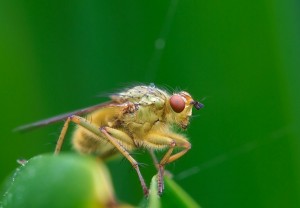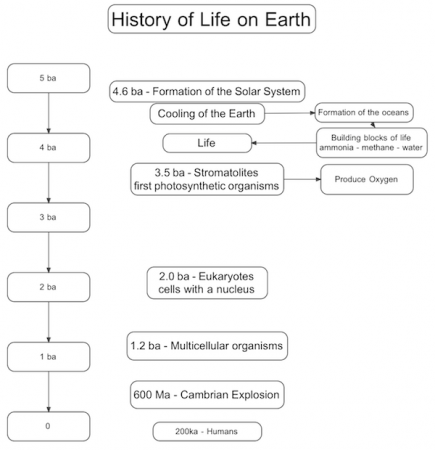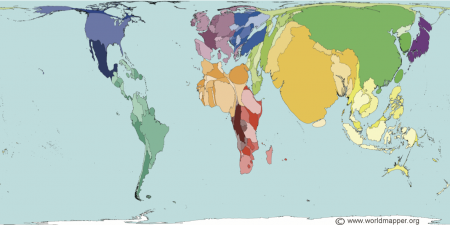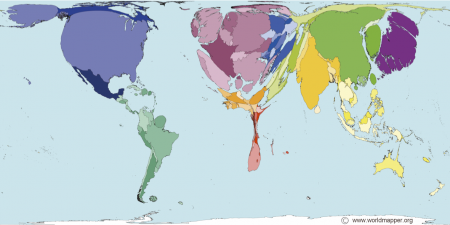I spent an hour yesterday censoring Larry Gronick’s, “Cartoon History of the Universe“. I always feel a little dirty after doing it, but the section on the origins of life, particularly the comparison of the relative advantages of asexual and sexual reproduction, does go a little too far with the puns (in my opinion at least).
I do, however, like the book a lot, especially the section on the origin of the universe and history of life on the Earth throughout the Cambrian. I tend to use the bit up till the appearance of humans about 200,000 years ago. Despite being written in 1990 the information is still very accurate. The art is excellent and a pleasure to observe.
Of course, censoring tends only to increase students’ interests in finding out what was blacked out. Fortunately, there’s nothing in the Cartoon History that’s too terrible even if they should decipher it.









